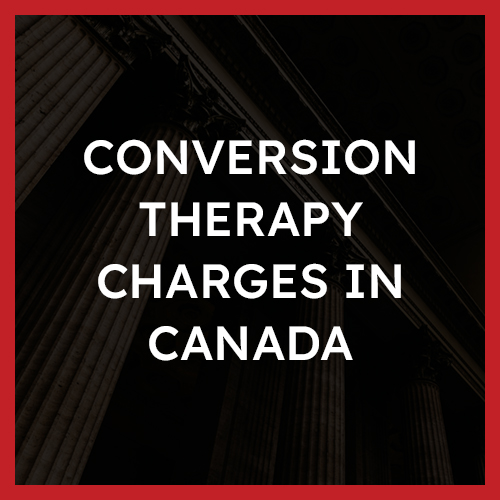What is sexual assault?

There are four different kinds of sexual assault: (1) sexual assault, (2) sexual assault with a weapon, (3) sexual assault causing bodily harm, and (4) aggravated sexual assault.
Evidence Needed to Prove Sexual Assault:
To prove that an accused is guilty of sexual assault, the Crown must show evidence that proves beyond a reasonable doubt:
- That there was touching or an assault;
- That the contact was of a sexual nature;
- That the complainant did not consent to the contact; and
- That the accused intended to touch or assault the complainant.
To establish the essential elements of sexual assault, the Crown Prosecutor can rely on evidence like the relationship between the victim and the accused, the events, words, and gestures that led up to the assault, the sobriety of the parties, medical evidence like the injuries or marks sustained by the victim as a result of the offence, and forensic evidence like the presence of the accused’s DNA on the victim or at the scene of the crime.
If you have been charged with sexual assault with a weapon, in addition to these four criteria the Crown will also have to prove that you used a weapon when committing the offence. For this offence, a weapon can be anything that is used to injure the victim or to threaten injury to the victim.
For you to be convicted of sexual assault causing bodily harm, the Crown will have to prove that in addition to the essential elements of assault, that bodily harm also resulted from the assault. While there is no strict definition of bodily harm, generally our courts will find that there has been bodily harm in a case where the resulting injury caused more than fleeting discomfort to the victim. For example, bodily harm can be things like cuts and serious bruises that take several weeks to completely heal.
You will be convicted of aggravated sexual assault if the Crown can prove that while sexually assaulting the victim, you also caused them serious bodily harm. Fundamentally, the difference between sexual assault causing bodily harm and aggravated sexual assault is the degree of harm done to the victim. For there to be an aggravated assault it is necessary that you wound, maim, disfigure or endanger the life of the victim. Wounding, maiming, and disfiguring will typically be found where you broke or sprained any of their bones, or if you cut, stabbed or beat them resulting in significant injuries. If you are HIV positive and put the victim at risk for contracting the disease without telling them, the fact that you potentially transmitted a life threatening disease can be enough to convict you of aggravated sexual assault.
About The Author







